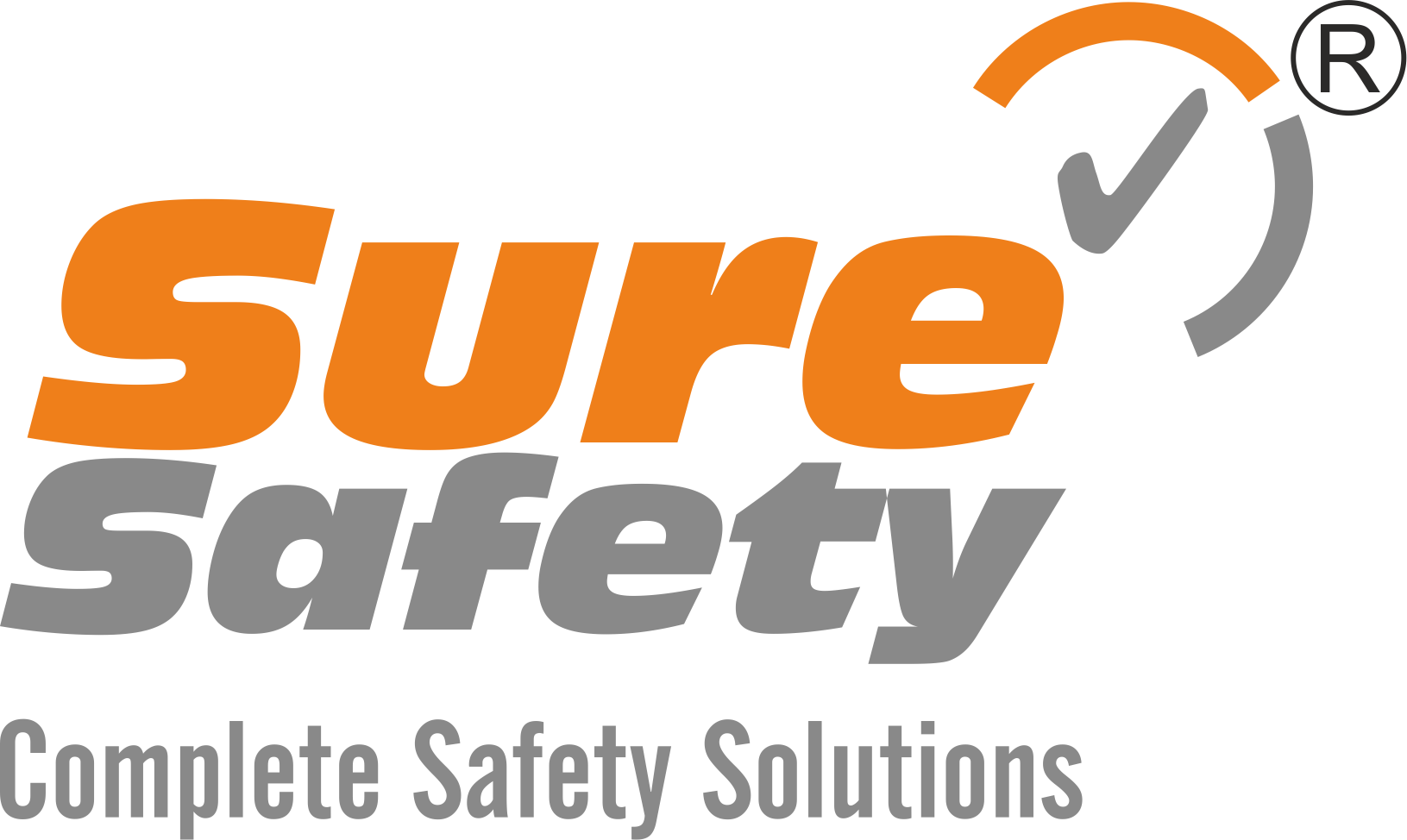Industrial Ventilation Effectiveness Assessment
Industrial ventilation generally involves the use of supply and exhaust ventilation to control emissions, exposures, and chemical hazards in the workplace. Traditionally, nonindustrial ventilation systems commonly known as heating, ventilating, and air-conditioning (HVAC) systems were built to control temperature, humidity, and odors.
A. Ventilation may be deficient in :
- confined spaces;
- facilities failing to provide adequate maintenance of ventilation equipment;
- facilities operated to maximize energy conservation;
- windowless areas; and
- areas with high occupant densities.
Any ventilation deficiency must be verified by measurement.
B. There are five basic types of ventilation systems :
- Dilution and removal by general exhaust;
- Local exhaust (see Figure III:3-1);
- Makeup air (or replacement);
- HVAC (primarily for comfort); and
- Recirculation systems.
General Exhaust (Dilution) Ventilation Systems
General exhaust ventilation, also called dilution ventilation, is different from local exhaust ventilation because instead of capturing emissions at their source and removing them from the air, general exhaust ventilation allows the contaminant to be emitted into the workplace air and then dilutes the concentration of the contaminant to an acceptable level (e.g., to the PEL or below). Dilution systems are often used to control evaporated liquids.
Local Exhaust Ventilation Systems
A typical local exhaust ventilation system is composed of five parts: fans, hoods, ducts, air cleaners, and stacks. Local exhaust ventilation is designed to capture an emitted contaminant at or near its source, before the contaminant has a chance to disperse into the workplace air.
| General exhaust ventilation (dilution ventilation) is appropriate when: | Local exhaust ventilating is appropriate when: |
|---|---|
| Emission sources contain materials of relatively low hazard. (The degree of hazard is related to toxicity, dose rate, and individual susceptibility) | Emission sources contain materials of relatively high hazard |
| Emission sources are primarily vapors or gases, or small, respirable-size aerosols (those not likely to settle) | Emitted materials are primarily larger-diameter particulates (likely to settle) |
| Emissions occur uniformly; | Emissions vary over time; |
| Emissions are widely dispersed | Emission sources consist of point sources |
| Moderate climatic conditions prevail | Employees work in the immediate vicinity of the emission source |
| Heat is to be removed from the space by flushing it with outside air | The plant is located in a severe climate |
| Concentrations of vapors are to be reduced in an enclosure | Minimizing air turnover is necessary |
| Portable or mobile emission sources are to be controlled. |









